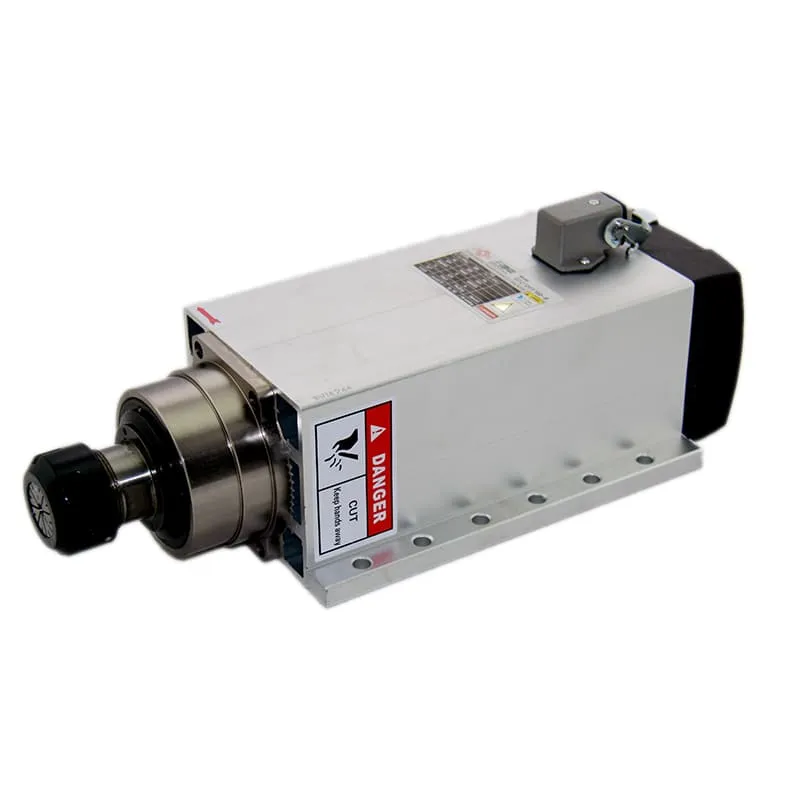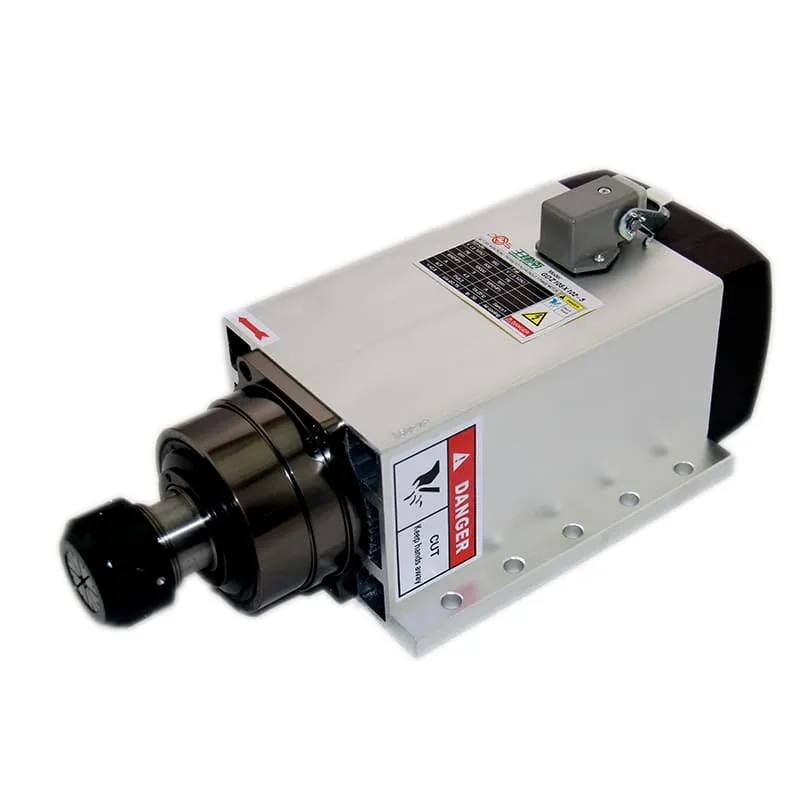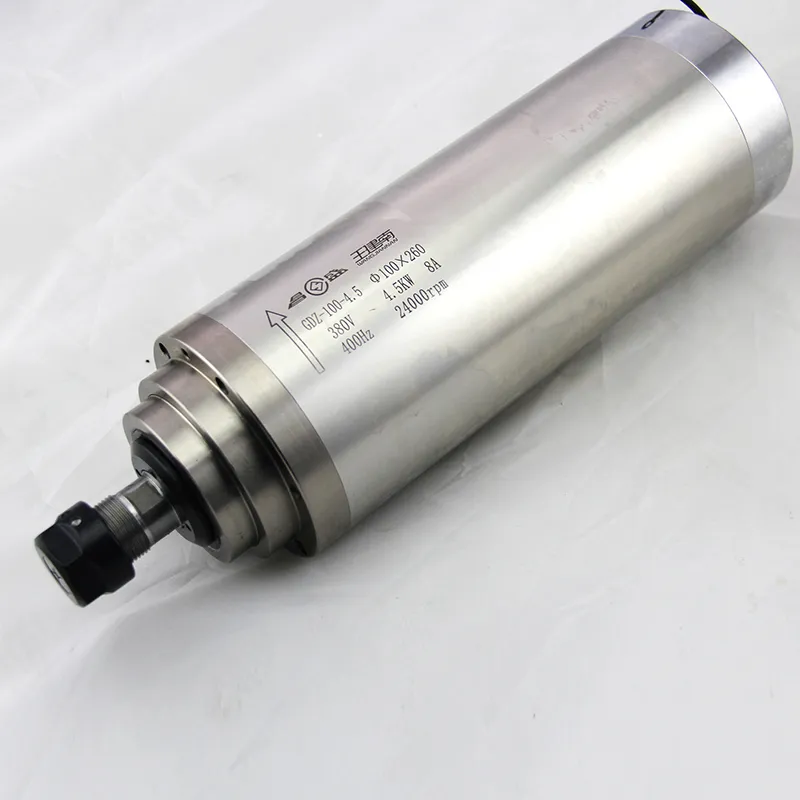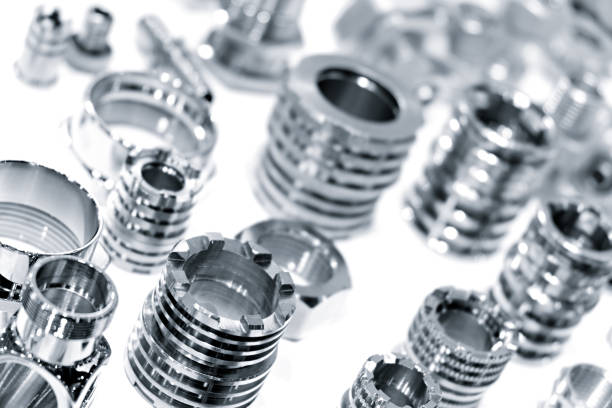What Are the 5 Axes in CNC?
In modern manufacturing, the term 5-axis CNC machining represents one of the most advanced and versatile methods for producing complex parts. Unlike conventional 3-axis machining, which moves in three directions (X, Y, and Z), 5-axis CNC machines can manipulate a part or tool in five different ways. This ability allows for greater freedom of movement, enhanced precision, and significantly reduced lead times for producing intricate components. But what exactly are the 5 axes in CNC, and how do they contribute to manufacturing efficiency? Let’s explore.
What is CNC and What Are the Axes?
CNC stands for Computer Numerical Control, a method that automates machine tools through programmable commands. The axis in a CNC machine defines the direction of movement for the tool or workpiece, allowing for precise cutting, milling, or drilling.
The axes in a CNC machine can be thought of as imaginary lines that determine how a tool or workpiece can move:
- X-axis: Horizontal movement (side to side).
- Y-axis: Vertical movement (front to back).
- Z-axis: Depth movement (up and down).
- A-axis: Rotation around the X-axis.
- B-axis: Rotation around the Y-axis.
This means that 5-axis CNC machines can move a tool or workpiece linearly along the X, Y, and Z axes while also rotating around two other axes (A and B). This allows for unparalleled control and the ability to work on complex shapes in a single setup.
Benefits of Using 5-Axis CNC Machining
5-axis CNC machining offers several key benefits that make it ideal for modern manufacturing:
- Greater Precision: The ability to move along two additional axes means you can achieve tight tolerances for intricate components.
- Reduced Setup Time: 5-axis machines can work on multiple faces of a part in a single setup, reducing the need for re-fixturing.
- Enhanced Surface Quality: The additional movement capabilities help maintain consistent contact between the tool and workpiece, leading to better surface finishes.
For more information on spindles that can handle complex operations, check out the 6KW ER32 Air-Cooled Spindle, which offers the power and precision needed for intricate 5-axis CNC projects.

Understanding the 5 Axes
To fully appreciate what a 5-axis CNC machine can do, let’s break down the five axes and their roles in machining.
1. X-Axis (Horizontal Movement)
The X-axis represents the horizontal movement of the cutting tool or workpiece. It moves from side to side, which is fundamental in positioning the tool relative to the material.
- Importance: The X-axis allows the tool to reach different parts of the workpiece, providing flexibility in machining operations.
- Applications: Used primarily in milling to create slots, drill holes, or make cuts along the horizontal plane.
2. Y-Axis (Vertical Movement)
The Y-axis moves the tool or workpiece vertically, either forward or backward, helping in positioning the material accurately for cutting or drilling.
- Importance: Provides vertical positioning, which is critical for achieving the correct alignment with the tool.
- Applications: Useful in creating features such as grooves and notches along the Y-plane.
3. Z-Axis (Depth Movement)
The Z-axis allows the tool to move up and down, controlling the depth of cuts. This axis is crucial for drilling and milling operations that require varied depths.
- Importance: Controls the depth of the cut, which is vital for creating holes, slots, and other features that require dimensional depth.
- Applications: Essential for pocketing and drilling operations.
For enhanced depth movement in complex materials, the 5.5KW ER32 4-Pole Air-Cooled Spindle is recommended. It offers superior control and stability, making it ideal for projects involving substantial depth variations.

4. A-Axis (Rotation Around the X-Axis)
The A-axis refers to the rotation around the X-axis, effectively tilting the workpiece or tool. This allows for more complex geometries to be machined in fewer setups.
- Importance: Allows for the creation of angled cuts and complex features that cannot be achieved with 3-axis machines.
- Applications: Useful in the creation of curved surfaces, such as in turbine blades or automotive parts.
5. B-Axis (Rotation Around the Y-Axis)
The B-axis involves rotation around the Y-axis. This movement allows the tool or workpiece to tilt, which is essential for accessing areas that are otherwise difficult to machine.
- Importance: Makes it easier to reach undercuts and perform intricate machining operations.
- Applications: Ideal for parts with multiple faces that need machining, such as components for the aerospace industry.
Types of 5-Axis CNC Machines
There are different configurations of 5-axis CNC machines, each designed to handle specific applications. Below, we discuss some of the common types.
1. Trunnion-Style Machines
In trunnion-style 5-axis CNC machines, the workpiece is mounted on a rotating table, and the tool remains stationary. The table can tilt along the A and B axes, providing excellent flexibility.
- Advantages: High-speed operation, suitable for small to medium-sized parts.
- Applications: Used in industries like aerospace and automotive for machining parts with complex surfaces.
2. Swivel Head Machines
In swivel head 5-axis CNC machines, the spindle itself moves while the workpiece remains stationary. This design offers significant advantages when working on large, heavy parts.
- Advantages: Ideal for large and bulky components where moving the workpiece is impractical.
- Applications: Suitable for heavy equipment manufacturing.
3. Hybrid Machines
Hybrid 5-axis CNC machines incorporate both trunnion-style and swivel head mechanisms. These machines provide the ultimate in flexibility, handling parts of various shapes and sizes.
- Advantages: Maximum versatility, capable of machining complex geometries from various orientations.
- Applications: Commonly used in medical device manufacturing where intricate parts are standard.
Applications of 5-Axis CNC Machining
5-axis CNC machining is utilized in a wide array of industries due to its precision and ability to handle complex designs. Below are some notable applications:
1. Aerospace Industry
The aerospace sector demands precision, as components often need to meet stringent safety and performance standards. 5-axis CNC machines are ideal for creating parts with intricate geometries, such as turbine blades and complex housing.
2. Automotive Components
In the automotive industry, 5-axis CNC machining is used to manufacture high-performance engine parts and other components that require complex designs and robust material properties.
- Precision: Ensures each part meets exact specifications.
- Flexibility: Allows the creation of various automotive components, including cylinder heads and gear housings.
For high-speed automotive machining, consider a 4.5KW ER20 Water-Cooled Spindle. This spindle is designed to handle high torque requirements, essential for demanding automotive applications.

3. Medical Devices
5-axis CNC machining is also heavily used in the medical field to create highly precise implants and surgical tools. The flexibility of the extra two axes allows for intricate designs that can accommodate the human body’s complex shapes.
Advantages of 5-Axis CNC Machining Over 3-Axis
The benefits of 5-axis CNC machining extend beyond mere precision. Compared to 3-axis machines, the additional two axes offer several distinct advantages:
1. Reduced Setup Time
5-axis machines can machine multiple faces of a part in one setup, which means less time wasted in re-aligning the part for each cut.
- Efficiency: The need for fewer setups increases the overall efficiency of the production process.
- Lower Costs: Reduced setup time directly translates into lower production costs.
2. Enhanced Surface Finishes
The ability to maintain consistent contact between the tool and the workpiece leads to better surface quality. This is especially beneficial in industries where a polished finish is essential, such as in medical devices.
3. Increased Tool Life
Using shorter cutting tools in 5-axis machining results in less tool vibration, which not only enhances precision but also extends the tool’s life. This is a major advantage in terms of both quality and cost savings.
Frequently Asked Questions (FAQs)
1. What are the 5 axes in CNC machining?
The 5 axes in CNC machining include X, Y, Z (linear movement) and A, B (rotational movement around the X and Y axes). These allow for intricate control and complex cuts.
2. Why is 5-axis CNC machining better than 3-axis?
5-axis CNC machining offers enhanced flexibility, precision, and reduced setup time, which makes it ideal for complex parts that require multiple cuts from various angles.
3. What industries use 5-axis CNC machining?
5-axis CNC machining is used in a range of industries, including aerospace, automotive, and medical device manufacturing due to its ability to produce complex parts with high precision.
4. What types of parts are made with 5-axis CNC machining?
Common parts made with 5-axis CNC machining include turbine blades, automotive components, and surgical implants, all of which require intricate designs and tight tolerances.
5. Are 5-axis CNC machines more expensive?
Yes, 5-axis CNC machines are generally more expensive than 3-axis models due to their advanced capabilities. However, the increased efficiency and precision often justify the cost in the long term.
Conclusion
The world of 5-axis CNC machining offers unmatched capabilities for producing intricate and precise parts. With the ability to move in five directions, these machines are ideal for applications requiring complex geometries and high-quality surface finishes. Whether you’re manufacturing aerospace components, medical implants, or high-performance automotive parts, 5-axis CNC machining is a game-changer that provides the precision and flexibility required in today’s advanced manufacturing environments.
For more insights on spindles suitable for 5-axis CNC machining, visit SpindleMotorShop, where you can explore a wide range of high-quality CNC components tailored to meet your needs.

